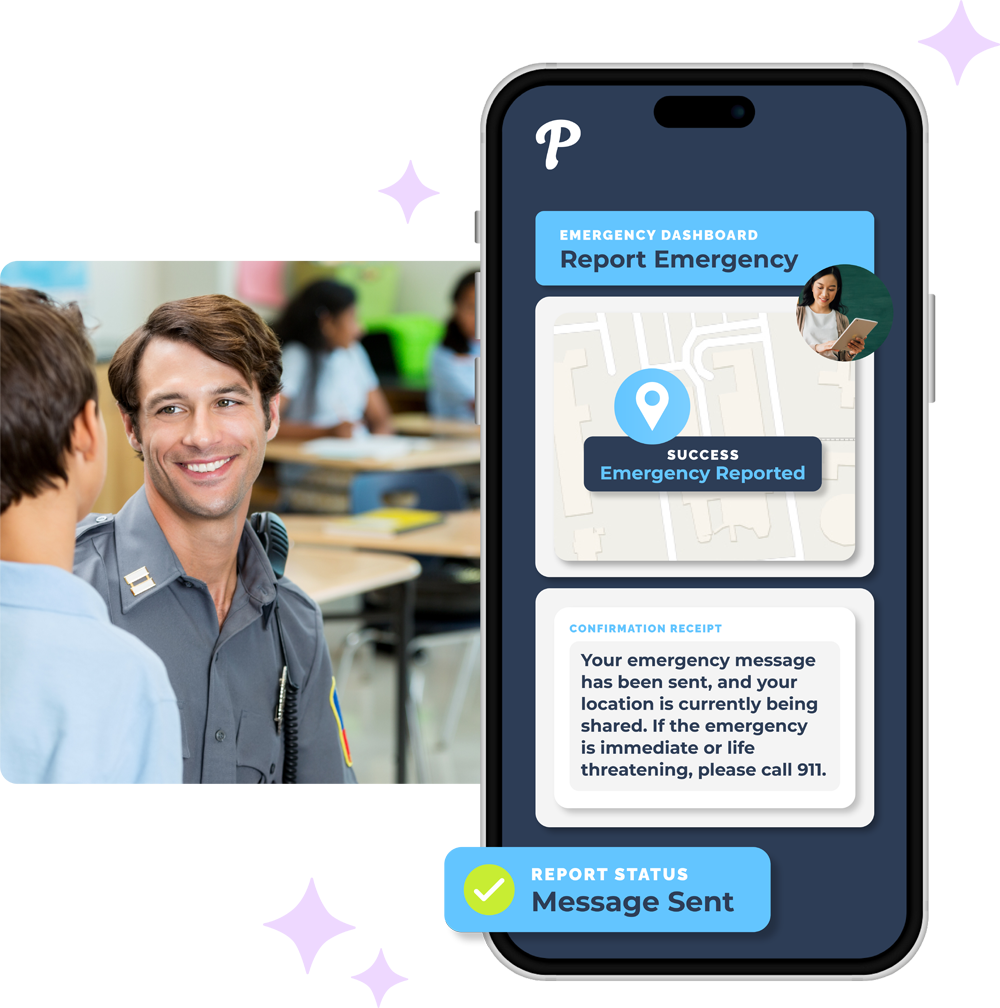Unlocking Student Insights Through Digital Movement Data
Traditional hall pass systems provide almost no visibility into how students move during the school day. Teachers may notice patterns, but there’s rarely a way to track or measure them. Without data, it’s nearly impossible to understand trends or intervene early when behavior issues arise.
Digital hall passes change this by capturing real-time data on every student’s movement. Schools can track when students leave, where they go, and how long they stay away. This behavior data matters because it supports better safety, engagement, discipline, and equity.
With hall pass analytics, schools can answer key behavior questions. Which students leave class most often? Are certain times of day riskier? Do movement trends correlate with disengagement, anxiety, or potential bullying?
For more on the importance of behavior data, explore
school climate and safety data.
1. Identifying Repeated and Disruptive Movement Patterns
Digital hall pass data helps schools identify students with frequent or repetitive movement patterns. For example, if a student consistently leaves during the first ten minutes of math, it could indicate classroom avoidance.
Administrators can compare hall usage frequency across students, grades, and classrooms. These insights highlight students who might be skipping instruction, showing test anxiety, or seeking social distractions. By tracking repeated
hall pass usage, schools uncover behavior red flags and start interventions sooner.
2. Recognizing Behavioral Trends by Time, Day, or Subject
Hall pass data reveals movement spikes by time of day. Are students leaving right before lunch or after recess? Do bathroom visits increase during certain class periods?
Schools can spot high-risk days, like test days or early
dismissals, that correlate with more rule-breaking. Subject-specific patterns also emerge, such as higher hall pass use during less engaging classes.
By analyzing these time-based student movement trends, teachers and administrators can adjust schedules, supervision, and support strategies.
Student behavior and engagement trends from NCES reinforce why tracking this data matters.
3. Supporting Early Interventions and Personalized Support
Frequent hall pass usage can be a signal for deeper issues. Students leaving class often may be experiencing anxiety, bullying, or academic disengagement.
Hall pass data supports early behavior identification by giving staff objective evidence of movement patterns. Counselors can collaborate with teachers to create personalized strategies, integrating data into behavior intervention plans. This proactive approach prevents small issues from escalating into larger discipline problems.
4. Promoting Equity and Fairness in Student Movement Policies
Digital hall pass data can reveal inequities in how movement policies are applied. Are certain students denied passes more often? Do gender, grade level, IEP status, or English learner designations impact access?
Auditing hall pass usage ensures that all students have fair opportunities for breaks and support. Data-driven insights help schools create bias-free policies that support inclusivity and equity in daily routines. Resources like
addressing bullying and hallway supervision also highlight how fairness impacts safety.
5. Empowering Staff with Data-Driven Decision Making
Teachers gain powerful insights from hall pass analytics. Seeing which students leave most often can reveal disengagement, attention challenges, or potential classroom disruptions.
Administrators can share movement trends with grade teams, behavior committees, and leadership. These insights inform scheduling, supervision planning, and resource allocation. When schools use
data-driven behavior management, staff are better equipped to support student success.
6. Visualizing Trends with Dashboards and Reports
Modern digital hall pass platforms, like
Pikmykid’s digital hall pass system, include dashboards and reports that turn data into actionable insights. Schools can view real-time active passes and historical trends in one place.
Charts, heat maps, and filters allow administrators to analyze by student, class, location, or timeframe. Visualizing student movement trends helps identify high-traffic areas, frequent hall users, and times of peak activity. These tools make it easier to adjust policies and improve school safety.
7. Using Hall Pass Data to Foster a Healthier School Culture
Hall pass data is more than a tool for catching misbehavior. It helps schools take a proactive approach to discipline, engagement, and equity.
By spotting patterns early, supporting struggling students, and promoting fairness, schools create a safer and more positive environment. When hall pass tools are part of a broader behavior improvement strategy, they contribute to a culture of accountability and support.
Behavior Insights
Student behavior insights from hall pass data empower schools to move from reactive discipline to proactive support. Digital hall passes create visibility, enhance safety, and provide actionable insights. When schools understand these trends, they foster better engagement, equity, and overall well-being.



